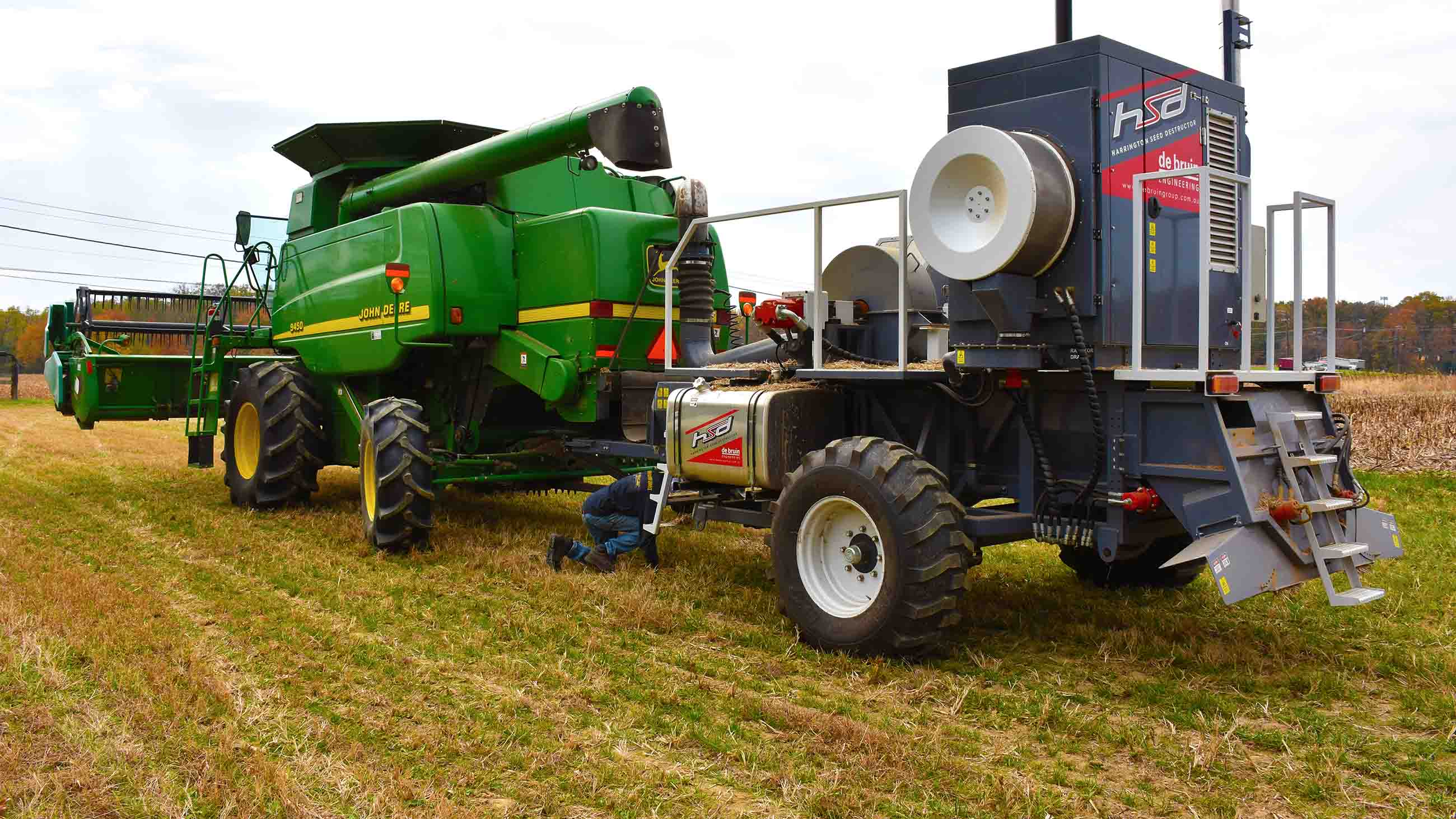Amid Pushback, the USGS Decides to Restore Its Pesticide Database
For several years, biologist Nathan Donley has worried about the future of a pesticide database run by the U.S. Geological Survey, a federal agency devoted to environmental science. The Pesticide National Synthesis Project provides information about the use of agricultural chemicals in each U.S. county, with year-by-year records dating back to 1992. At its most comprehensive, the project tracked hundreds of pesticides.
In 2019, the USGS reduced the number of tracked pesticides to just 72. Then, last March, a USGS employee casually mentioned to Donley that the agency intended to stop updating its database every year, and instead update it every five years.
Donley was floored. “Totally blew my mind,” he recalled in a recent email. The database, Donley knew, had developed a loyal following among academic researchers, environmental nonprofits, educators, and even other federal agencies. It had also been used or cited in more than 500 peer-reviewed papers. The proposed changes, Donley worried, would hamper efforts to understand and communicate how agricultural chemicals influence human health and the environment.
After hearing the USGS employee’s remark, Donley, a senior scientist at the nonprofit Center for Biological Diversity, helped organize two open letters asking the USGS to reverse the changes. Both were published last May. One letter was signed by more than 250 scientists, and the other was signed by more than 100 environmental, farmworker, and public health organizations. Since then, scientists have continued to lobby the USGS.
These efforts drew little public attention, and they failed to sway the federal agency — or at least it appeared that way until recently. On Feb. 27, the USGS announced on its website that, by 2025, the agency plans to continue to update the database annually and will expand it to include about 400 pesticides. The USGS did not immediately respond to a question from Undark about what prompted the shift.
“This is a BIG change from what we last heard from USGS.”
In an era of limited budgets and competing priorities, it’s impossible to say whether these announcements represent a permanent restoration of the federal database, but the scientists who spoke with Undark praised the USGS for moving in that direction. “This is a BIG change from what we last heard from USGS,” wrote Maggie Douglas, an ecologist at Dickinson College in Pennsylvania, in an email.
“My hat’s off to USGS for hearing the concerns of U.S. scientists and the broader public,” said Donley. He added, “they’ve done the public a huge service by saving this resource.”
In a given year, American farmers put hundreds of millions of pounds of pesticides on crops. The Pesticide National Synthesis Project allows researchers to see which chemicals are being used where, and on what crops, all across the United States.
Much of the information comes from a market research company called Kynetec, which surveys farmers about their pesticide use. Unlike other purchasers of that information, the USGS then makes the data available to the public, through an interface that offers a level of detail and ease of use that many researchers say is simply unmatched by any other source.
The database is especially good at doing two things, said Alan Kolok, a professor of ecotoxicology at the University of Idaho. First, it can illustrate how use of a particular pesticide has changed over the past few decades. Kolok cited atrazine as an example: A researcher can go to the database’s alphabetized menu and select the popular herbicide. This produces a color-coded map showing where and how much atrazine was used in 2019. From there, the researcher can click to go back in time and see maps from past years.
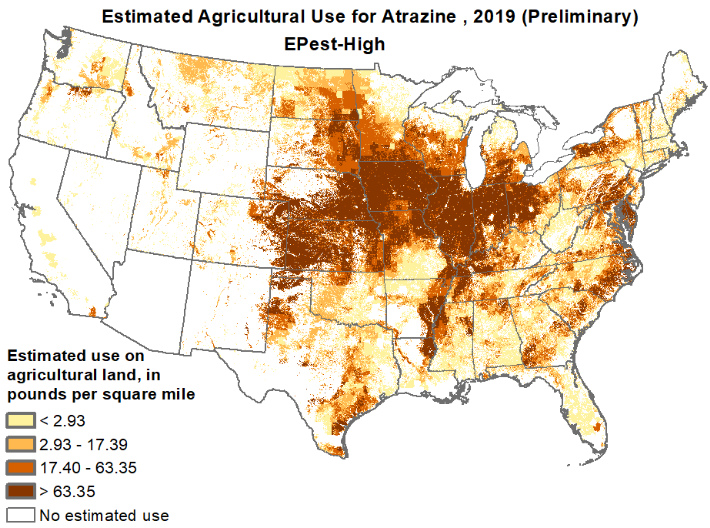
The maps also allow researchers to conveniently make comparisons across regions, said Kolok. In a 2022 paper, he and his colleagues used the database to obtain details about pesticide use in 11 western states. Their study found a correlation between state- and county-level cancer rates and the use of fumigants, a class of pesticides that form a gas when applied to soil. The study was possible, said Kolok, because the Pesticide National Synthesis Project covers all states. Without this resource, researchers would need to go county by county or state by state looking for relevant information, slowing down their research.
Joseph G. Grzywacz, an associate dean for research at San José State University who studies pesticide exposure in farmworkers, said that he plans to use the database to study the relationship between pesticides and children’s health in a rural part of Florida. The federal government, he said, tends to put its environmental monitoring equipment in densely populated areas, which means that exposure to toxic substances may be undercounted in those who live in less populous parts of the country. The database will help determine which pesticides to look for in the blood and urine samples of the children in the study. Any cuts, he said, would require his group to work with information that is less precise.
The database has been crucial for many other studies, including recent research on pesticide resistance and on the use of neonicotinoid insecticides, which are toxic to pollinators and aquatic invertebrates.
Researchers also use the Pesticide National Synthesis Project when they give presentations. Lynn Sosnoskie, a weed scientist at Cornell University, uses screen-captures when she talks to growers: “explaining to growers exactly how much glyphosate we’re using, where we’re using it, how much paraquat we’re using, where we’re using it.” These details help convey how repeated use of a chemical contributes to pesticide resistance, she said.
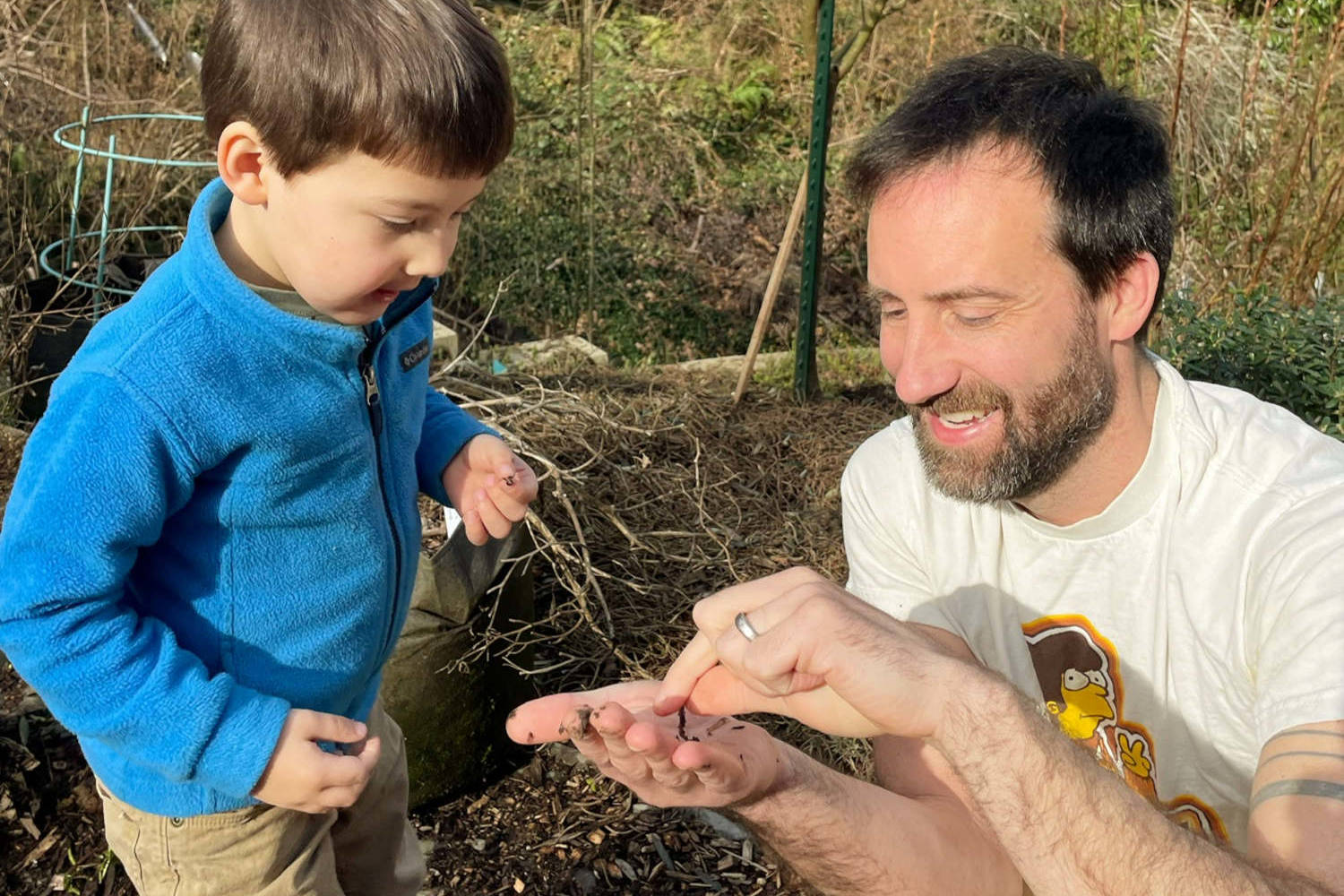
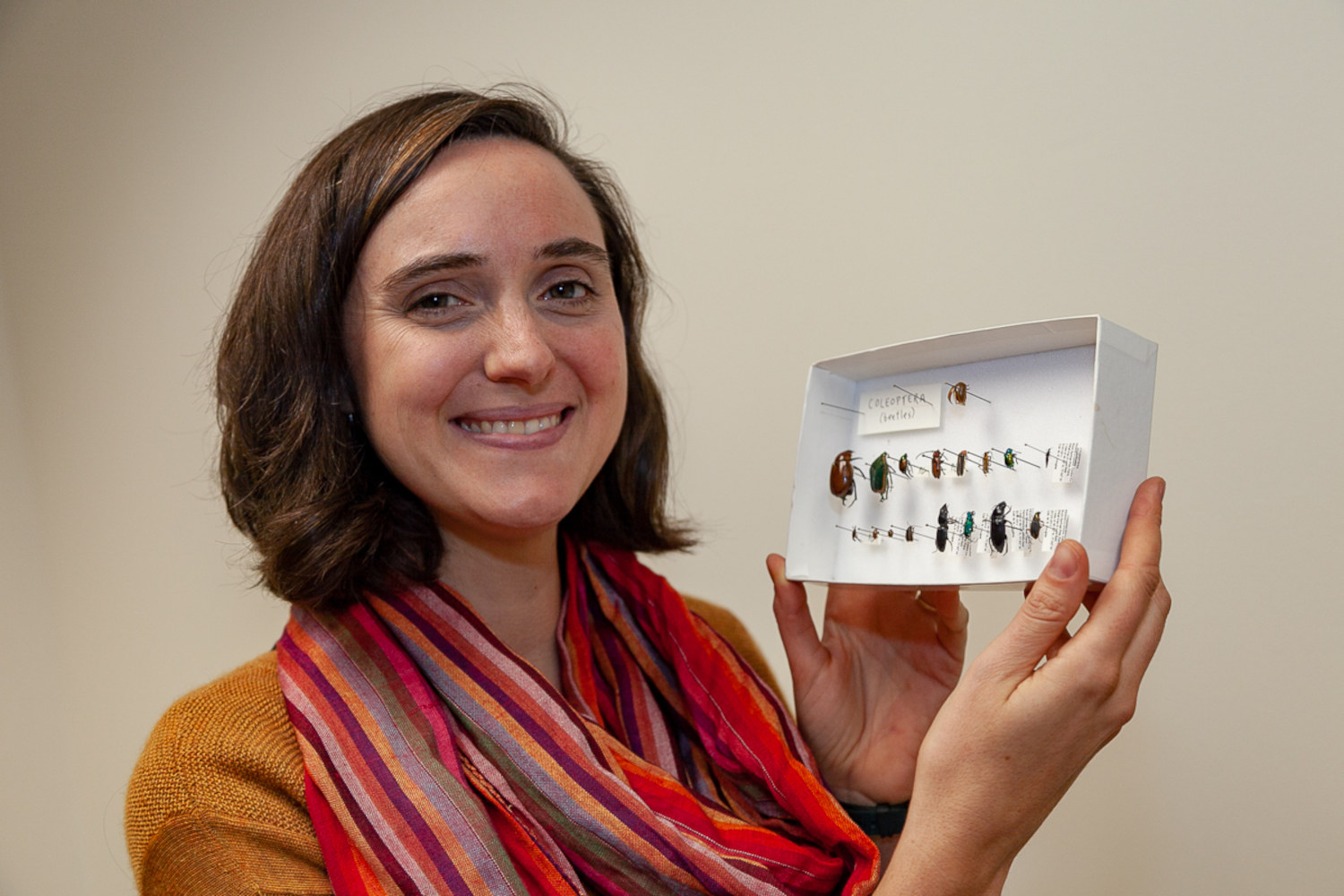
Last spring, some researchers mobilized, hoping to persuade the USGS to avert the cuts. After the open letters were published, Donley, Douglas, Grzywacz, and another colleague put together an informal survey to better understand how people outside of USGS use the database. In just two weeks, said Douglas, the survey generated more than 100 responses from people working in agriculture, conservation, public health, farmworker safety, and water quality.
The USGS has put a lot of effort into communicating their data in a way that makes it possible for a range of audiences to engage with it, Douglas said during an interview in early February, when it still appeared USGS was going to scale back the database. “That’s something that I think is really valuable and that we would lose if the cuts remain in place.”
Douglas, Kolok, Grzywacz, and Donley are part of a larger group that met twice with USGS staff over Zoom, hoping to persuade the agency to maintain the project as it existed prior to the 2019 changes. The meetings were cordial, the scientists said, but at the time, they were told that maintaining such a comprehensive database was beyond the scope of the USGS mission. (The agency did not respond to Undark’s questions about these meetings.)
“It’s a real shame,” said Donley in a January interview, “because it’s probably one of the biggest bangs for its buck they have going on in the entire agency.”
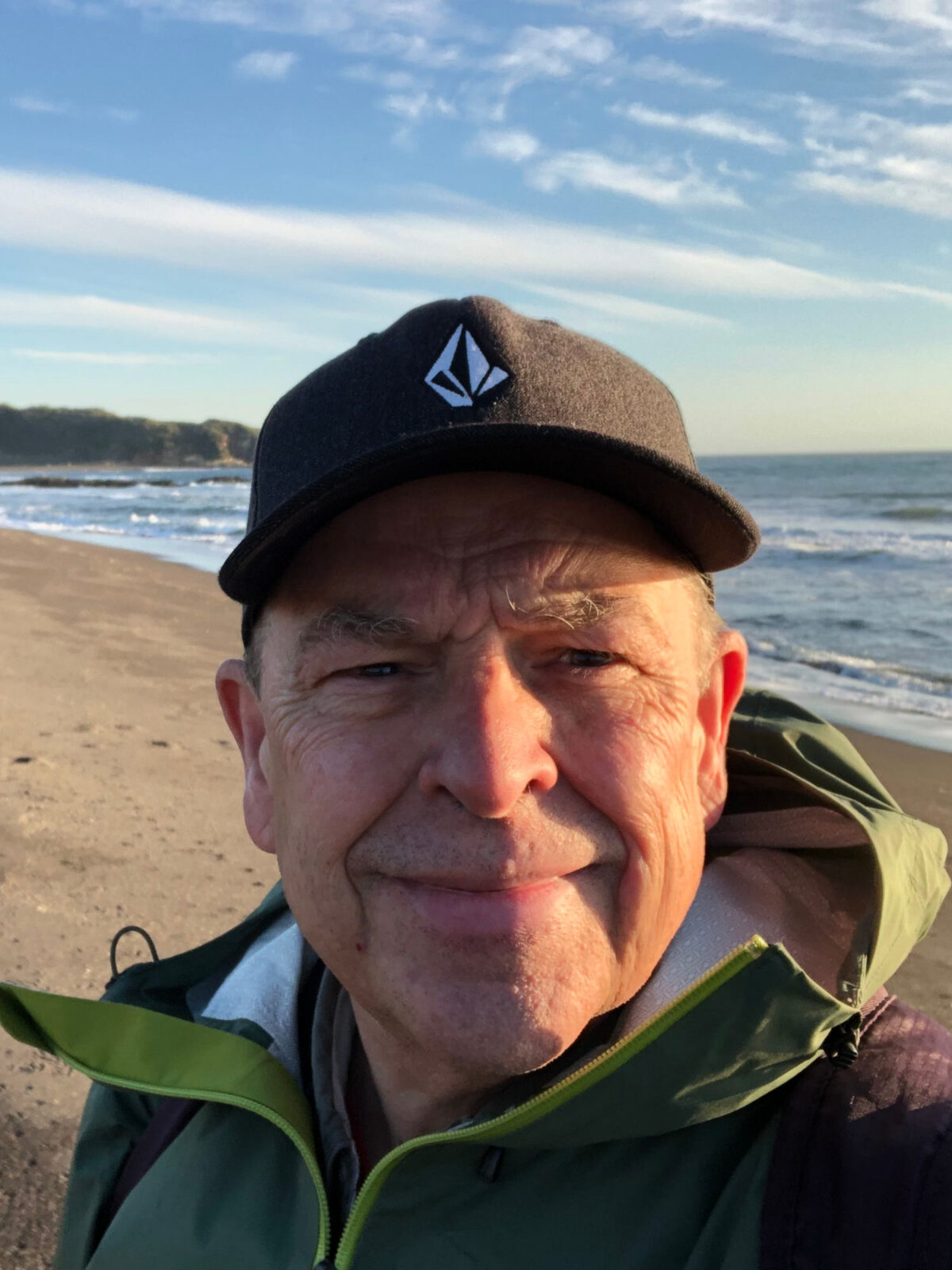
Alan Kolok, a professor of ecotoxicology, used the USGS database to study cancer rates and pesticide use in 11 western states. He suspects decision-makers simply weren’t aware of the number and variety of people using the database.
Visual: Courtesy of Alan Kolok
According to the USGS, the agency currently pays just under $100,000 per year for the raw data. The USDA and EPA also have contracts with the market-research company, said Douglas, but they use the data internally rather than making it public.
It’s not the first time that public access to federal data has been threatened, said Christopher Sellers, an environmental historian who sits on the advisory committee of the nonprofit Environmental Data and Governance Initiative. The group was founded in late 2016, with the goal of preserving public access to environmental data following the election of President Donald Trump. On paper, the Biden administration is more supportive of data transparency, said Sellers, but in practice, federal agencies tend not to prioritize it.
He mentioned the EPA’s 2022 proposal to sunset its online archives. The agency delayed its decision after pressure from the Environmental Data and Governance Initiative and other groups. Today, the archive is no longer being updated. The EPA states that once every four years, the agency will provide a snapshot of its website. “We’re unsure about the current status of the archive itself,” said Sellers. He added, “the snapshots provided are no substitute for a searchable and comprehensive archive of EPA’s past documents, digital and otherwise.”
As the USGS moves to restore its database, Douglas hopes the agency will consider paying an additional fee for information on the use of seeds treated with neonicotinoids, which are widely used in U.S. agriculture. Seed treatments used to be included in the Kynetec dataset, she said, but their data are now sold separately. If cost is a barrier, she added, Congress should allocate additional funding. “USGS is taking an important step,” she wrote in an email to Undark, “but no pesticide dataset in 2024 is complete without seed treatments, which include the most widely used insecticides in the country.”
“It’s probably one of the biggest bangs for its buck they have going on in the entire agency.”
Undark asked the USGS if, going forward, the agency would consider adding data about seed treatments. Spokesperson Mikaela Craig replied: “we contacted Kynetec about the data in the slide deck you linked to. Kynetec informed us that the data are not the same type of seed treatment data that we received prior to the removal of seed treatment data from the Pesticide National Synthesis Project database.”
USGS did not respond to follow-up questions, including whether it might collaborate with other federal agencies, such as the EPA, which has recently identified and purchased seed-treatment data that meet the EPA’s standards.
For his part, Kolok said the recent news from USGS is “fantastic.” He suspects decision-makers simply weren’t aware of the number and variety of people using the database. In a recent interview, he started listing them off: The weed scientists, the bee activists, the researchers who look at links between pesticide use and human health.
He added: “I don’t think USGS had any inclination that that type of work was going on.”
UPDATE: A previous version of this piece referred to the USGS’s pesticide database in some instances as the National Pesticide Synthesis Project. It’s the Pesticide National Synthesis Project.











